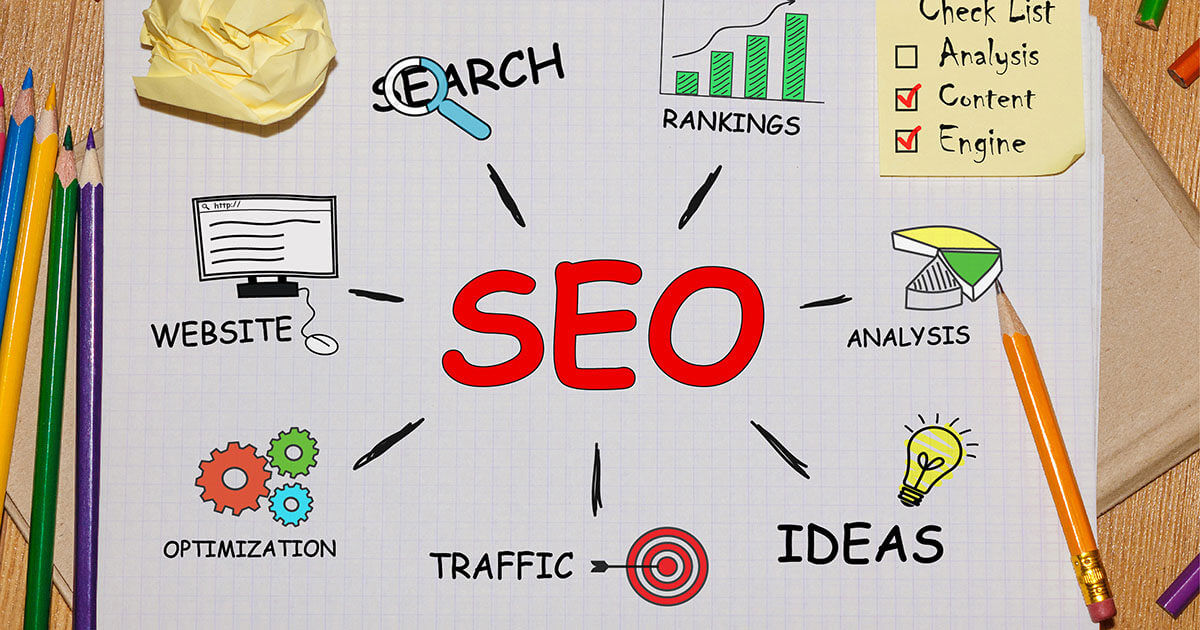Affiliate marketing programs are not as popular as they are today. Why? There could be many reasons. However, there are many reasons why the benefits of affiliate marketing are becoming clearer now than ever before.
Today, it can be seen that affiliate marketing can work for retailers and related companies. Marketers today see affiliate marketing as an opportunity to advertise their products at a low price. Participants, on the other hand, see affiliate marketing as the easiest way to make a profit online by doing what they love most, and by making websites.
As the popularity of affiliate marketing has evolved, so has the public perception of it. Related marketing is no longer considered as an alternative to advertising to a retailer or other source of revenue earned from its affiliates. For retailers and affiliate companies, affiliate marketing has long been considered a major source of revenue and revenue.
So the question now is Which type of advertising works best for you? Are all affiliate marketing plans the same? Are the benefits the same? Or are there affiliate marketing programs that work better than others?
There are many types or categories of sales associated, and how many types of sales are associated with them. However, the most relevant basic marketing plans fall into two categories: one-click (PPC), and one-to-one (PPP).
Pay Per Click (PPC)
PPC is a popular marketing strategy for affiliates and small websites, and an easy way to make money. In this type of affiliate marketing, the advertiser pays for the relevant content each time a visitor visits his site, such as when a seller clicks on an advertisement or text. The contact pays a certain amount even if the visitor to the site is not buying anything from the seller’s site. However, the average cost of PPC-related programs is small and the frequency does not exceed a dollar per click.
Pay Per Payment (PPP)
PPP is the most popular type of affiliate marketer and the most profitable kind of affiliate. In this type of affiliate program, the seller pays a contact whenever he or she interprets the sending action – that is when a passing visitor buys something from a merchant site or is led by a visitor. This means more savings for the retailer. On the other hand, for PPP compliance commissions, this can be very beneficial for a dedicated sponsor, usually in the range of 15% to 20% of actual product sales.
Pay-Per-Performance Affiliate Marketing can be divided into two popular types: Pay-Per-Sales (PPS) and Pay-Per-lead (PPL).
Pay for Sales (PPS)
For each sale, the seller pays a certain fee to the affiliate whenever the guest specifies the seller’s location. Participants often pay in advance, even though some sellers may prefer to pay a fixed fee. No matter how much the fee is charged, it is usually higher than the fees charged by the contacts in the communication system per click.
Pay lead (PPL)
Pay-Per-Type Affiliate Marketing is a unique form of PPS and is frequently used by insurance and financial companies and other companies, which rely on leads to grow their company. In this type of affiliate marketing, the affiliate is paid whenever a visitor goes to a merchant site to fill out an application form or other similar form related to the company’s business. Compensation for this type of related advertising is based on a fixed price with existing prices







Leave A Comment